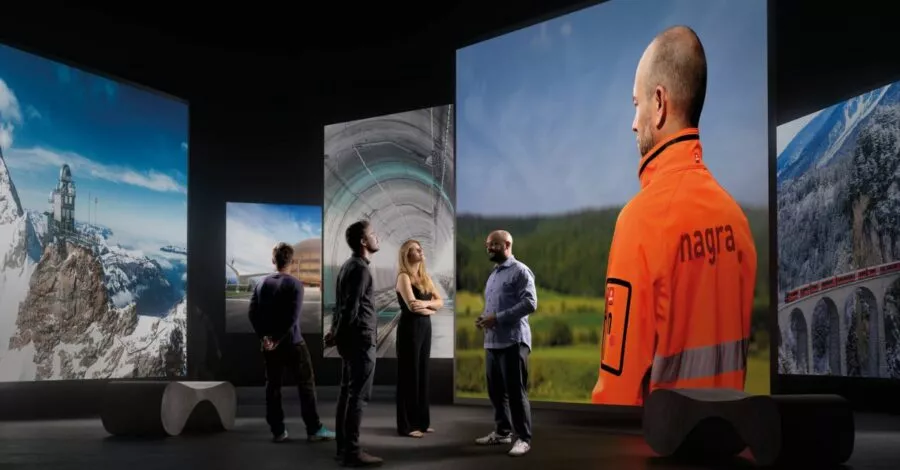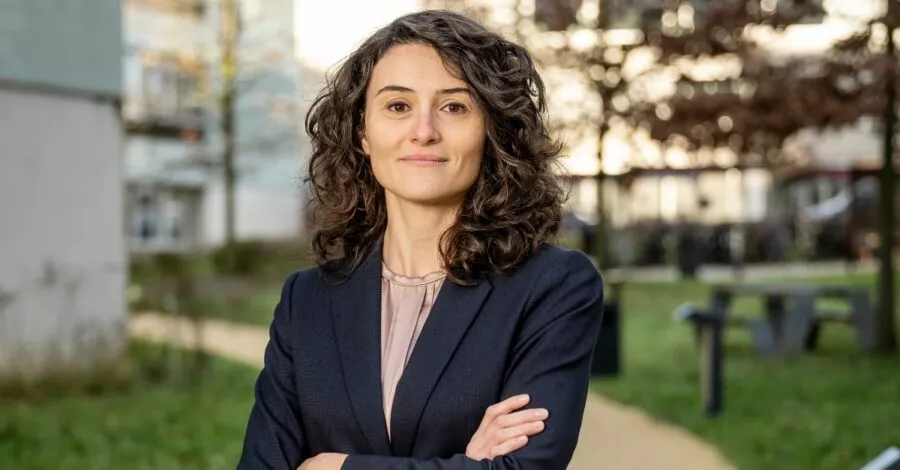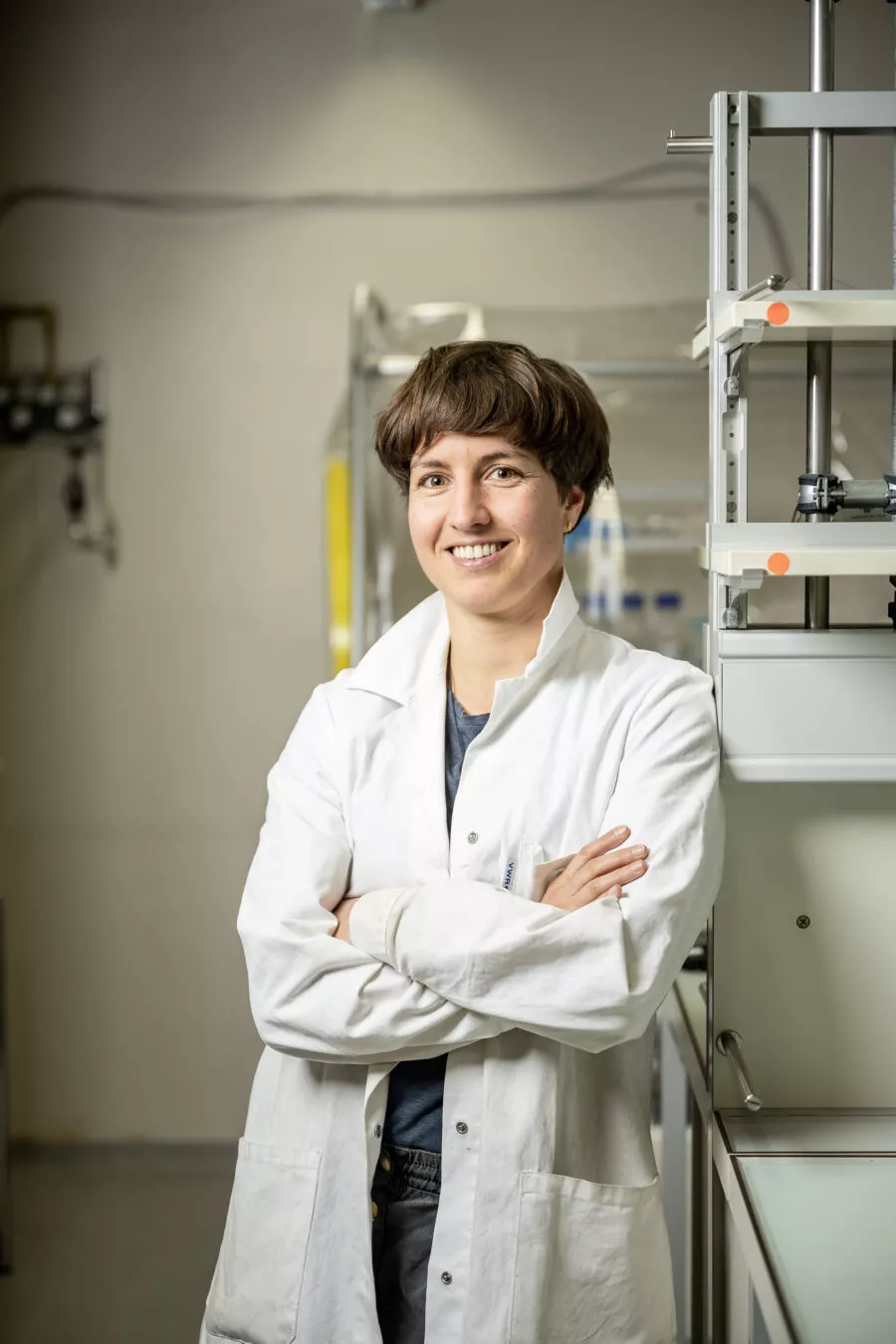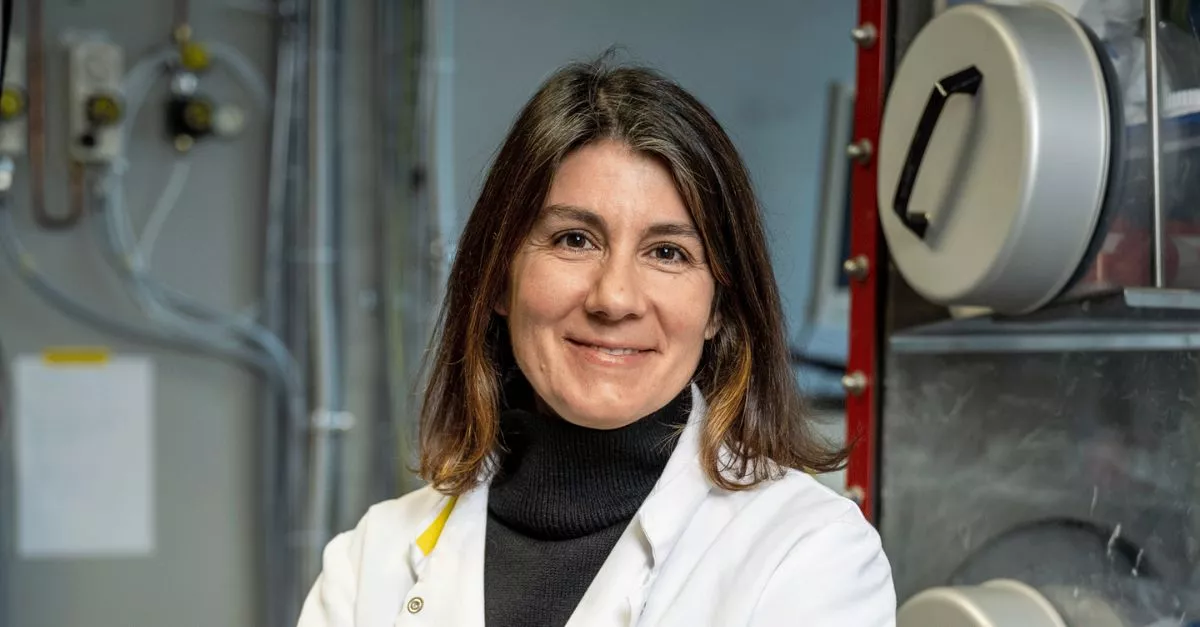
For the nine deep boreholes and the subsequent analysis of the drill cores, Nagra can rely on extensive know-how from Switzerland and abroad. Here we present scientists whose expertise contributes to the success of the project of the century of deep geological disposal. Today, we will speak with:
Maria Marques Fernandes, Head of the Clay Sorption Mechanisms Group at the Paul Scherrer Institute
Maria Marques Fernandes studied geophysics. Her doctoral thesis already dealt with geochemical research related to deep geological disposal. She then continued her research at the Paul Scherrer Institute (PSI), where she conducts numerous experiments on sorption (retention) processes on clay-rich minerals. The results of these experiments are reproduced in models that play an important role in Nagra’s safety considerations.
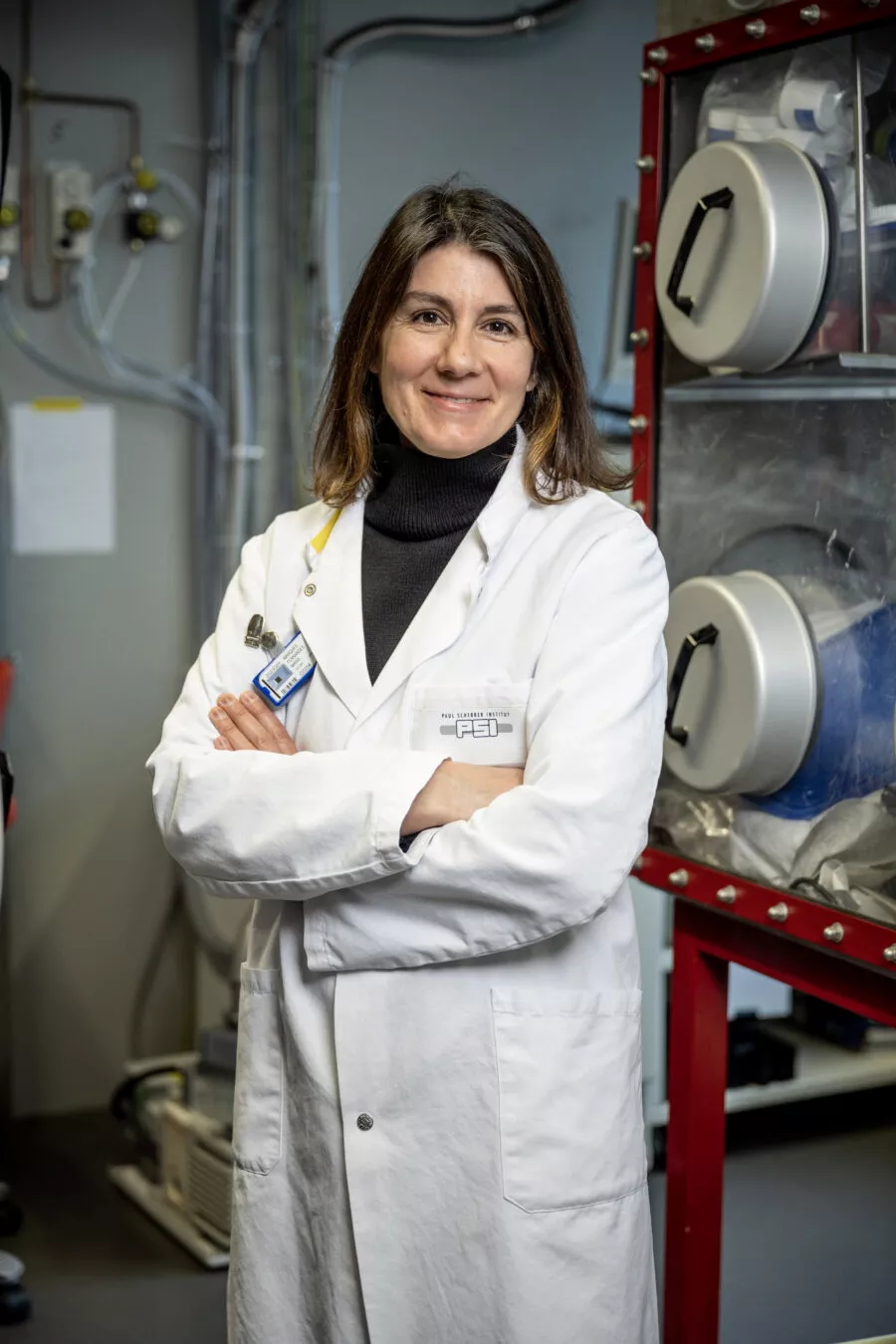
What exactly do you investigate in your laboratory at PSI?
In our laboratory, we take clay rocks and add a toxic or radioactive element. Then we examine whether and how much of the substance attaches itself to the clay. The more, the better. This is because what remains unattached will eventually enter solution and can migrate in this form. This is an undesirable effect in deep geological disposal, because the radioactive materials should remain confined in the repository.
What fascinates you about your work?
My everyday work is very interesting in general. It is great to discover something new. But the opposite is just as satisfying: to measure something, reproduce it in models and confirm my assumptions. Both are fascinating, so my work never gets boring.
Your research focuses on smaller aspects, but your work still impacts a major project. What does this mean to you?
That is a very interesting question. We need a solution for radioactive waste. That I can make a small contribution to demonstrating the safety of the deep geological repository fills me with pride. The disposal issue can be solved – that is motivating. In my opinion, it is one of the most important tasks a researcher can have at the moment.
“That is why this is one of the most important tasks a researcher can have at the moment.”
With your background on research on deep geological disposal, can we assume that you are closely observing developments surrounding this issue?
I have, of course, followed the siting proposal. Switzerland is already quite far along. I see that research has been ongoing for years and that the results from this research are now being applied. This means that the entire project is becoming concrete. It is not even remotely possible to understand all aspects of this major project. So many scientists from different areas of expertise are making a contribution. But I am convinced that this approach works. The best thing we can do is to find a science-based solution, and that is exactly what we are doing.
Similar articles
What does Switzerland think about the deep geological repository?
Switzerland is confident that it can realise the project of the century of deep geological disposal. A recent, representative survey shows that acceptance is high across the whole of Switzerland and in the affected region.
